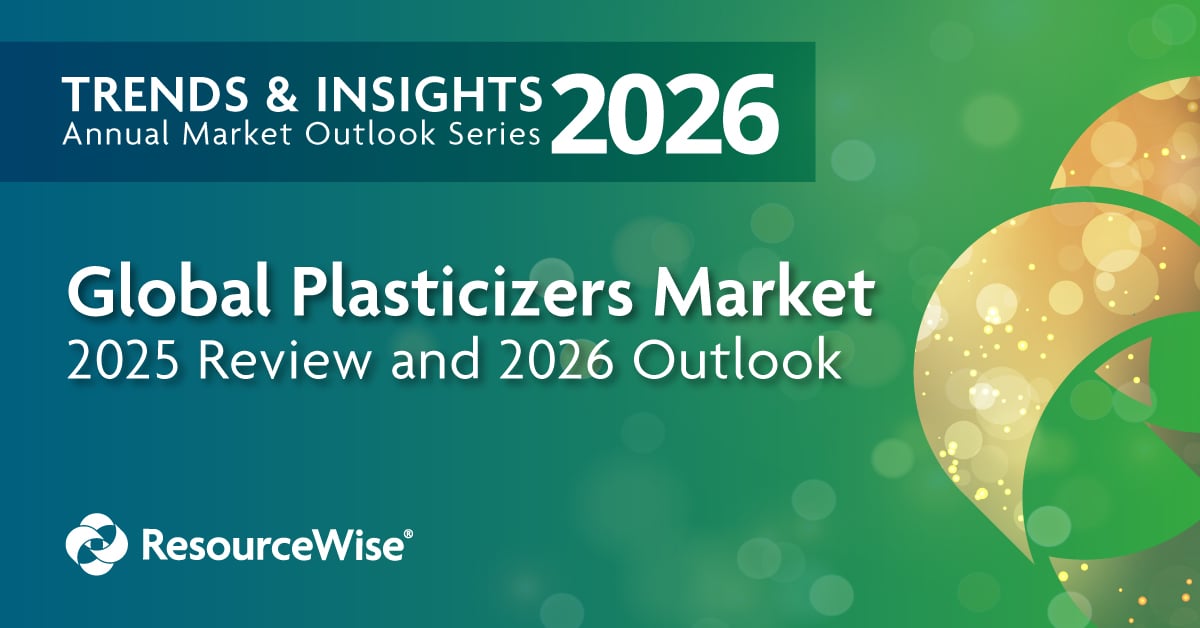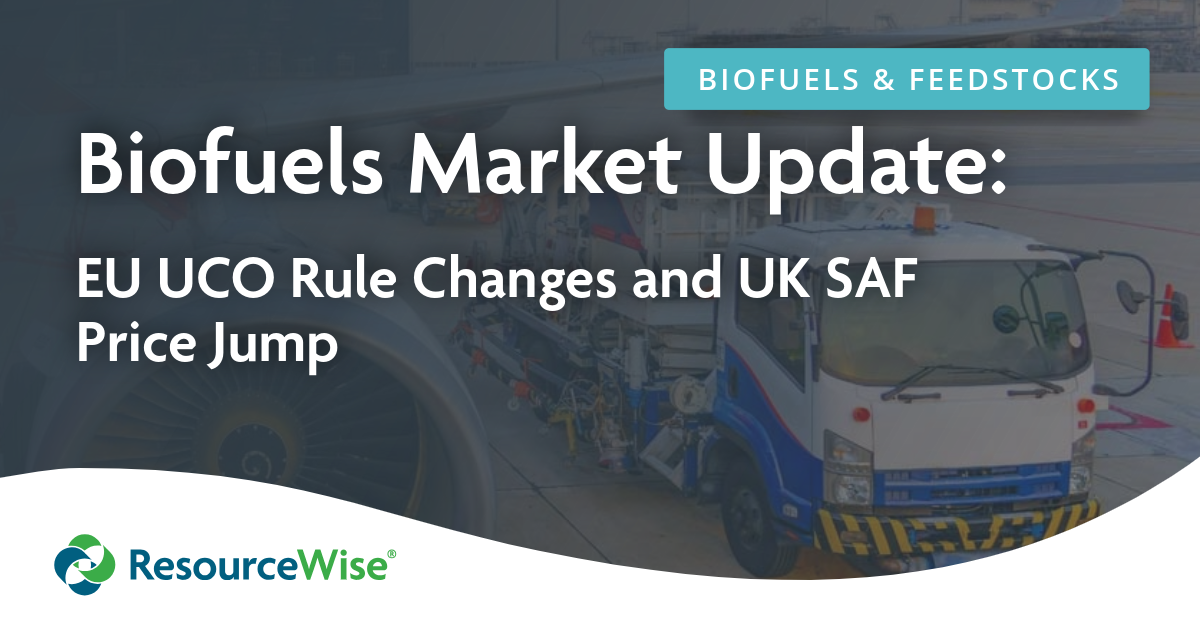4 min read
Global Markets Are Slowly Returning to Normal but Concerns Remain for the Rest of the Year
 Yazmine Khan
:
Aug 10, 2020 12:00:00 AM
Yazmine Khan
:
Aug 10, 2020 12:00:00 AM

Like most petrochemical markets, the global UPR markets took a big hit following the global outbreak of COVID-19 in early 2020. European and US demand ground to a halt towards the end of March and remained stagnant throughout April and much of May. Since then, demand has slowly been picking up. US demand recovered much quicker and is expected to finish at about 95% of a normal month in August. European demand will be steady at around 90% of normal during the month. August is traditionally slower in Europe, and many plants and downstream consumers are offline for the holiday period. This has slowed down recovery in the region.
Participants are reluctant to look too far forward as the infection rate in the US remains high, and it would appear the second wave is starting in Europe. Infection rates have spiked again in several countries in the last few weeks. There is a real lack of visibility for the end of the year, causing concern.
Margins have also been under pressure in recent months; feedstock prices have continued to creep up, and producers have been unable to increase resin prices. Fundamentals have lacked strength, but many resin producers will likely push for an increase in the coming months. There is already talk of increases between €75–100/ton being announced in Europe. Many believe increases will be announced in the US soon, too. Producers have worked hard in recent years to get margins back to an acceptable level and will not want any more lasting damage to these margins. Most raw material costs are still far off pre-COVID levels, but they have increased since May. Styrene, phthalic anhydride, ethylene, and propylene derivatives have continuously increased and are expected to be firmer in the near term.
European demand is expected to improve after the summer slowdown, but a lot will depend on infection rates. There had been hopes that the summer shutdowns would be postponed this year, but this has not been the case, and a large majority of plants and downstream consumers have been offline for much of August. Participants expect the year to finish down by around 10-15% compared to 2019. Demand is not expected to return to pre-COVID levels until at least Q2 2021. Europe remains oversupplied, and imports from Turkey continue to put downward pressure on the markets. Participants have been calling for some rationalization for a number of years now, and many expect that COVID-19 could be the catalyst for this.
US demand continues to improve, and there is no summer slowdown in the US, but how the remainder of the year develops will depend on infection rates. Participants expected the year to finish down by around 7-10% compared to 2019. However, unlike the European market, the US market is expected to get back to pre-COVID levels before the end of 2020. Some end-use segments, such as those linked to swimming pools and small boats, are thriving. People have resigned to staying in the US this year; they have been unable to travel to Europe and are making these sorts of investments for the summer and beyond.
The COVID-19 outbreak also hit China’s UP resin demand during the first quarter of this year; however, it was probably not as heavy as in some other industries. Chinese UP resin producers traditionally close their plants for one month around the Spring Festival period; this year, plants were offline from late January and were scheduled to restart in late February. However, production only restarted in March, and between late February and early March, the loss of production and demand was most noticeable in China. Since March, the UP-resin chain has been recovering and reached pre-COVID-19 levels from April onwards.
The Chinese UP resin market sees another traditional slowdown during the summer period. This year, heavier-than-normal rainfall has also adversely affected demand since June. The rainy season has lasted longer than normal, and the impact has been more serious, leading to severe floods in many places. Even after the rainy season, August remains an off-season period in east and south China due to the typically hot weather conditions.
China’s domestic demand is expected to pick up from September. This is the beginning of a traditional peak period. Looking ahead to the remainder of 2020, market participants are relatively optimistic about domestic demand. The Chinese government continues to issue stimulus measures and policies, especially in infrastructure investments, to boost the domestic economy. Moreover, due to the recent floods, damaged houses and buildings will need repairing and rebuilding, increasing the demand for UP resins.
China’s economy is steadily recovering. China reported a GDP growth of 3.2% year-on-year in the second quarter of 2020 after experiencing a rare contraction of 6.8% in the first quarter of 2020 due to the impact of the COVID-19 pandemic. The growth in the second quarter shows China's economic activities have been restored to a large extent, especially in the manufacturing sector, although the consumer sector remained relatively weak. UP resins are widely used for fiber-reinforced composites in construction, transportation, marine, wind energy, and other applications, and these are closely linked to domestic microeconomic performance.
However, some UP resins applications in consumer goods partly rely on export business. Some overseas economies are still fighting COVID-19 outbreaks, and there is escalating US-China tension, which poses some downside risks.
Other global economies will also take a while to recover; the latest projections indicate that global GDP growth will dip by 5.5% in 2020. The European economy is expected to dip by over 8% for the year, and the US economy is expected to finish down by around 5%.
Beyond the economy and COVID-19, there have been further developments for the UPR industry and its major players this past month. In recent years, there has been a wave of acquisitions. Polynt/Reichhold merged, AOC was acquired by Aliancys, and INEOS purchased Ashland’s UPR assets just last year. Last month, the Polynt-Reichhold Group announced it would build a 50 ktpa greenfield maleic plant at its Morris, Illinois, US, site. This site is the company’s biggest for downstream UP resins. The site has access to a rail spur and a dock for barges on the Illinois River. The proposed maleic plant will serve Polynt’s UPR requirements in North America.
The news surprised many who had been waiting for news of a possible sale of the Ashland maleic plant at Neal, West Virginia, to be announced. Polynt had been thought to be in the running for that acquisition, but this news ruled out that purchase. The company clarified that it had considered purchasing a maleic plant in North America but had opted for a new build. Other maleic anhydride projects for North America by Thirumalai may now be delayed, put on hold, or altered.
A few weeks after this announcement came the news that AOC will buy the Ashland plant in Neal for $100 million. The transaction with AOC is expected to close before the end of the calendar year 2020, contingent on customary regulatory approvals and standard closing conditions.
The remainder of the year will be tough, especially for US and European participants, but some positives exist. Demand for the final two quarters will depend on infection rates. Large-scale lockdowns seem unlikely, but even so, further outbreaks will impact economies. 2020 will finish in 2019 in all regions, but 2021 is expected to improve as economies recover.
Learn more about how OrbiChem360, our online chemicals intelligence platform, can help your business in the global chemicals market.




